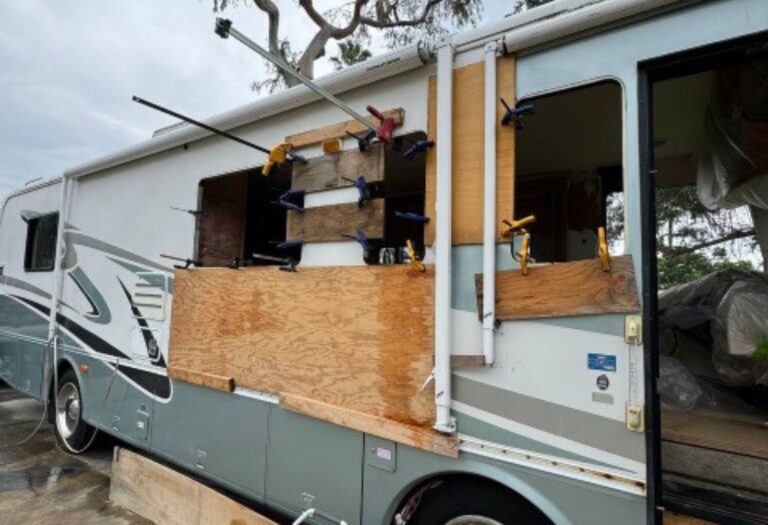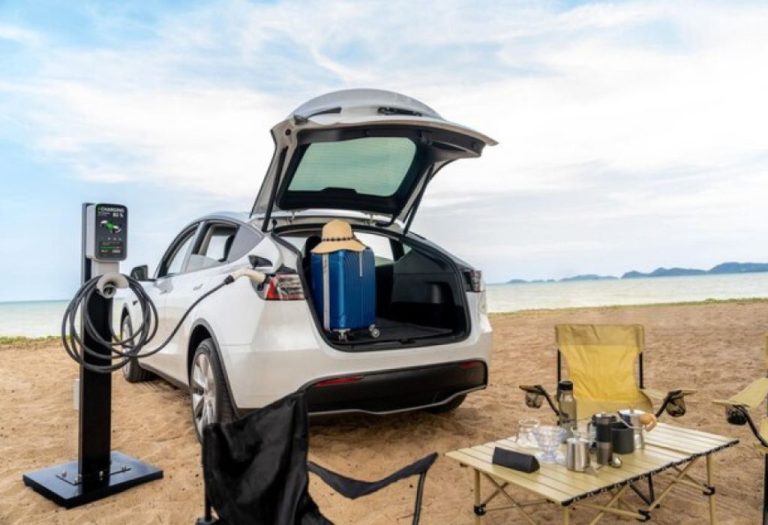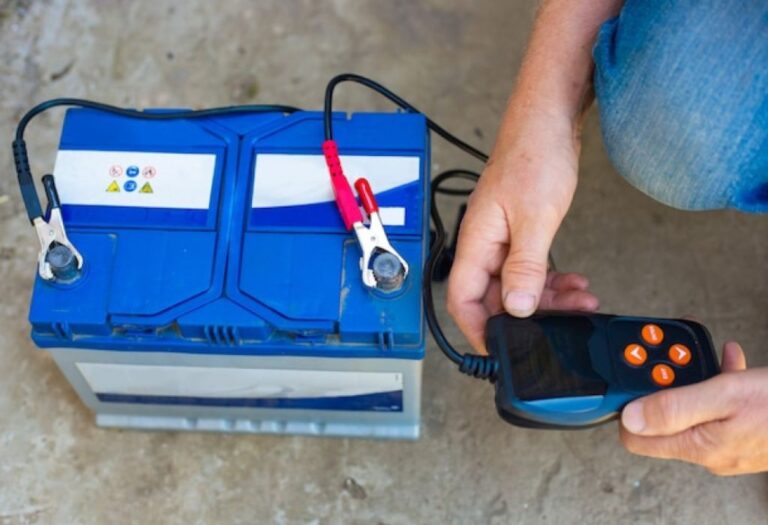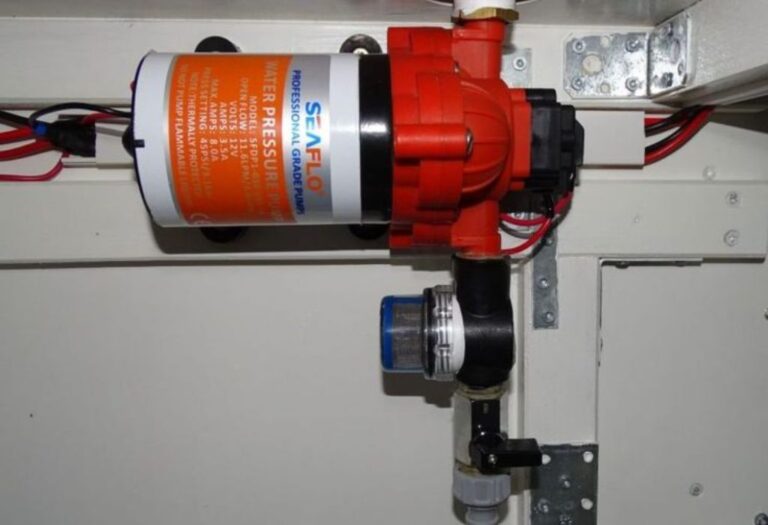How to Sanitize an RV Water System Step by Step
Imagine arriving at your favorite campground after months of storage, turning on the faucet, and being greeted by foul-smelling, cloudy water. It’s one of the most common problems RV owners face—and it all stems from skipping one simple but vital maintenance task: sanitizing the RV water system.
Your RV’s water system is the heart of its comfort. It supplies everything from drinking water to shower flow. Over time, stagnant water, heat, and bacteria can turn that system into a breeding ground for microbes, algae, and mold. Without regular sanitation, even clean-looking water can carry harmful bacteria or develop unpleasant tastes and odors that spread throughout the plumbing lines.
According to the RV Industry Association, experts recommend sanitizing the fresh water system at least twice a year or any time the RV has been in storage. Campground water connections can also contain traces of bacteria or minerals that contaminate your tank, making consistent cleaning an essential safety practice.
The good news? Learning how to sanitize RV water system components is easy and affordable. With basic supplies—like unscented household bleach, a potable water hose, and a few hours—you can ensure your RV water system stays fresh, odor-free, and safe for drinking, cooking, and bathing.
In this guide, we’ll walk through everything you need to know—from what sanitizing actually means and why it’s critical, to the exact step-by-step process for doing it correctly. You’ll also learn how to avoid common mistakes, maintain your system long-term, and explore modern alternatives like UVC and chemical-free sanitizing methods for a cleaner, healthier RV lifestyle.
What Does It Mean to Sanitize an RV Water System?
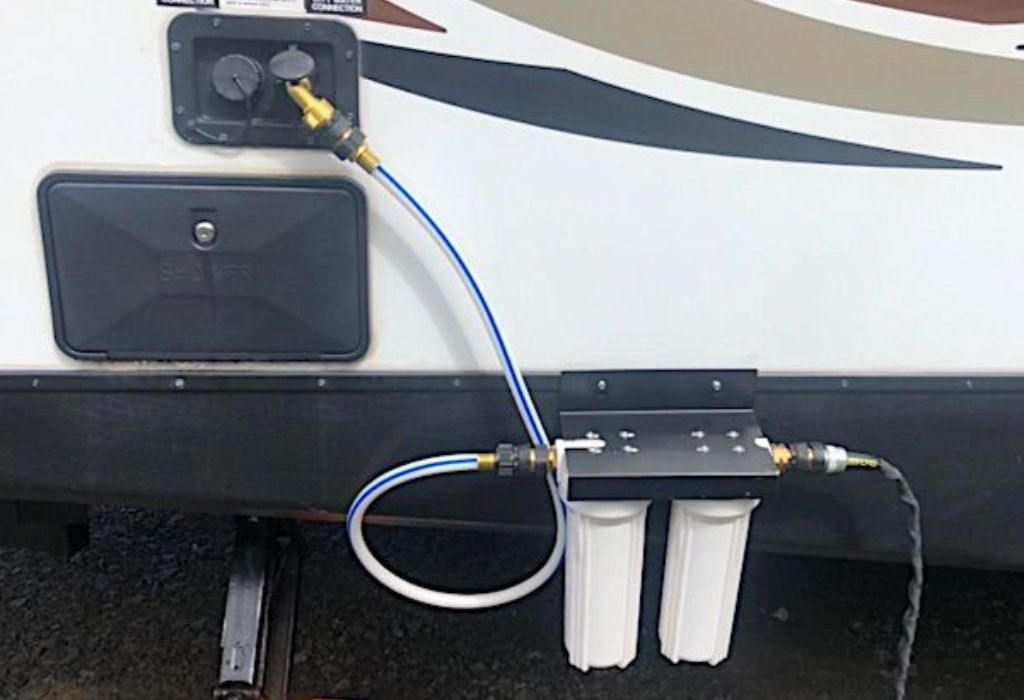
Sanitizing your RV water system means using a disinfecting solution—usually diluted bleach—to eliminate bacteria, mold, and microorganisms that accumulate in the fresh water tank and lines. It ensures your water remains safe, clean, and odor-free during every trip.
Even if your RV water looks crystal clear, unseen contaminants can multiply in storage conditions. A small amount of residual moisture can grow colonies of bacteria, especially when temperatures fluctuate. Sanitizing guarantees that both your water and plumbing remain free of harmful buildup.
What exactly is included in the RV water system?
It includes the freshwater tank, pump, water heater, plumbing lines, and all faucets or showers connected to the tank.
Why sanitize instead of just flushing?
Flushing removes dirt or sediment, but it doesn’t kill bacteria. Sanitizing disinfects every internal surface, removing odors and preventing contamination.
How often should you sanitize the RV water system?
At least twice a year, after long storage, or whenever you notice bad odors or taste changes.
Is sanitizing only for drinking water?
No, because bacteria and algae can still damage lines, clog filters, and create health risks even if you use the water only for washing.
What’s the key benefit?
It protects your health, keeps your system efficient, and ensures your RV water tastes clean no matter where you camp.
Why You Should Sanitize Your RV Water System Regularly
RV water systems are closed environments where bacteria can easily thrive if left untreated. Moisture, heat, and darkness make your freshwater tank the perfect breeding ground for germs and mold. Regular sanitization keeps the system safe, prevents mineral deposits, and eliminates odor-causing microbes.
If water sits unused for weeks, biofilm begins forming along the inner walls of your tank and pipes. Once established, this slimy layer can protect bacteria from simple rinsing. Only proper sanitization breaks it down and restores hygienic water flow.
What happens if you skip sanitizing?
Bacteria and algae multiply, leading to foul taste, odor, and cloudy water. It can also damage filters and sensors.
Is it unsafe to drink untreated RV water?
Yes. Waterborne bacteria such as E. coli or Legionella can grow in neglected tanks and pose serious health risks.
Can skipping sanitation harm the system?
Absolutely. Biofilm and residue cause pressure fluctuations, reduce pump life, and corrode internal seals.
Does winter storage increase the need to sanitize?
Yes. Long-term storage traps old water and condensation that promote bacterial growth, making pre-season sanitation critical.
How much bleach is typically required?
Use ¼ cup of unscented bleach per 15 gallons of tank capacity to achieve safe disinfection levels.
What You’ll Need Before You Start
Preparation is key to sanitizing your RV water system safely and effectively. Gather the right tools and materials before you begin.
You’ll need unscented household bleach (5–6% sodium hypochlorite), a potable water hose, funnel, measuring cup, rubber gloves, and access to clean water. Some RVs require a bypass kit for the water heater, as bleach can damage its components.
What bleach concentration should be used?
Regular 5–6% unscented household bleach is ideal. Avoid splash-less or scented types, as they can leave residues.
Do you need to disconnect the water heater?
Yes. Always bypass or isolate it before adding bleach unless your manufacturer specifically approves internal cleaning.
What kind of hose should you use?
A potable water hose (usually white or blue) is essential. Regular garden hoses can leach chemicals and cause contamination.
Should you remove water filters first?
Yes. Remove or bypass any inline filters so the bleach solution won’t damage filter media. Replace filters after sanitizing.
Is protective gear necessary?
Gloves are recommended to prevent skin irritation and protect against chemical splashes during mixing.
Step-by-Step Process: How to Sanitize an RV Water System
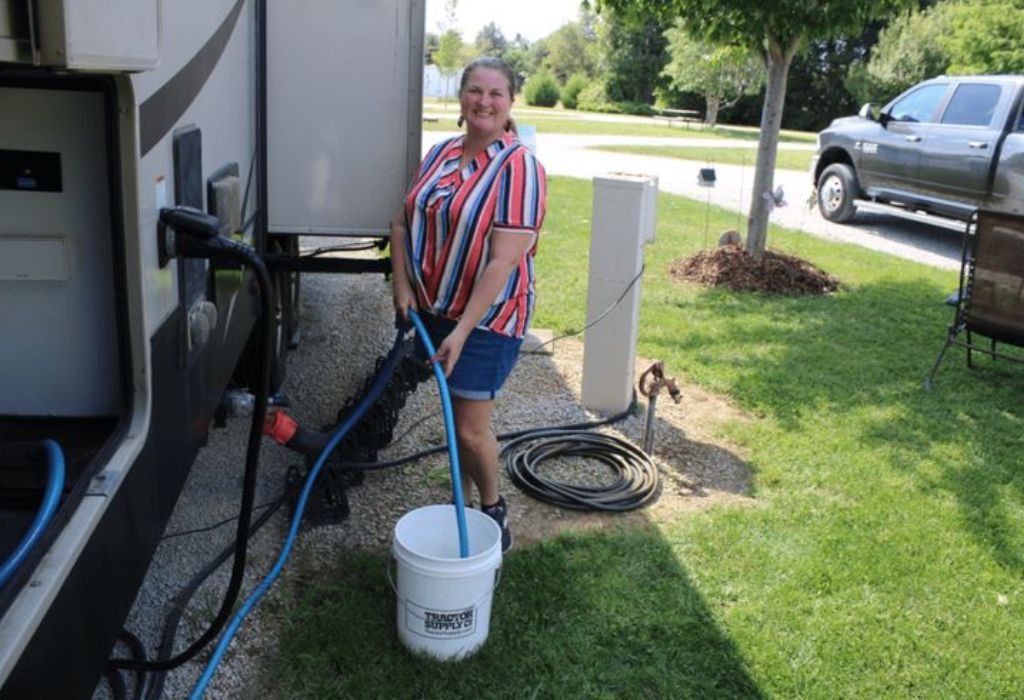
Here’s the exact process every RV owner can follow to fully sanitize their water system:
- Drain the fresh water tank and water heater.
Open all low-point drains and faucets to remove old water. - Bypass or isolate the water heater.
This prevents bleach from entering and damaging the tank. - Mix the bleach solution.
Use ¼ cup of bleach per 15 gallons of tank capacity. Mix it with water in a bucket. - Add the solution to your freshwater tank.
Pour it using a funnel or hose through the gravity fill port. - Fill the tank completely with clean water.
This dilutes the bleach evenly for safe circulation. - Circulate the solution.
Turn on the water pump, then open each faucet (cold and hot) until you smell bleach, then close it. - Let it sit for 12–24 hours.
The solution needs contact time to disinfect all plumbing surfaces. - Drain and flush.
Drain the entire system, refill with clean water, and run faucets until the bleach smell is gone. Repeat if necessary.
How long should the bleach sit?
At least 4 hours, but overnight is best for deep sanitization.
What’s the best way to flush afterward?
Fill the tank with clean water twice and run all faucets until no chlorine smell remains.
Can you use vinegar instead of bleach?
Vinegar can reduce odor but won’t fully disinfect. Bleach remains the most effective sanitizing solution.
How often should this process be repeated?
Every 6 months, or immediately after filling from questionable water sources.
Special Considerations & System Components
Each RV model may have specific parts requiring special attention during sanitation. This includes water heaters, outside showers, low-point drains, and refrigerator water lines.
Make sure all valves and lines connected to the fresh water system are exposed to the bleach solution. Missing one line can allow bacteria to re-contaminate the entire system.
Should the water heater be sanitized too?
Yes—but separately. Use manufacturer-approved cleaner instead of bleach to remove scale and bacteria safely.
Do I need to run bleach through the outdoor shower?
Yes. Open the outdoor shower until bleach smell appears, then close it to ensure complete sanitation.
What about the ice maker or fridge line?
Run bleach solution briefly through it, then flush thoroughly afterward to remove all traces of chlorine.
Should I sanitize the city water connection?
Yes. Run some solution through the inlet and backflow preventer to disinfect this entry point.
What about replacing the filter after cleaning?
Always install a new cartridge or filter once the system is flushed and bleach-free.
Common Mistakes and How to Avoid Them
Sanitizing seems simple, but a few common errors can reduce effectiveness or even damage components. Avoid these pitfalls to ensure success.
Mistake 1: Using scented or splash-less bleach.
These formulas contain additives that leave residues and don’t disinfect effectively.
Mistake 2: Using too much bleach.
Excessive chlorine concentration can damage seals, gaskets, and plastic fittings.
Mistake 3: Forgetting to bypass filters.
Bleach damages most carbon filters and renders them useless.
Mistake 4: Not flushing thoroughly.
Residual bleach can affect taste and corrode components over time.
Mistake 5: Sanitizing too infrequently.
Skipping regular maintenance allows bacteria to build biofilm, making future cleanings harder.
Can scented bleach be used safely?
No. Only unscented household bleach should be used for sanitizing.
Why can too much bleach be harmful?
It causes chemical degradation of seals and reduces system lifespan.
What should you do if bleach smell lingers?
Flush repeatedly with fresh water until odor disappears completely.
Is skipping winterizing dangerous?
Yes. Stagnant, un-drained water breeds mold and bacteria during cold storage.
Maintenance Routine & Frequency for Sanitizing RV Water System
A consistent sanitation routine keeps your RV’s plumbing reliable and safe. Most experts recommend sanitizing at least twice a year—once before the camping season and once after winterization.
Full-time RVers should sanitize every 3–4 months, especially if connecting to multiple water sources. Keep a sanitation log to track maintenance dates and detect any early warning signs like odor or discoloration.
How often should full-time RVers sanitize?
At least twice annually or whenever water quality becomes questionable.
Should you sanitize before storage?
Yes. Drain, sanitize, and dry tanks to prevent bacterial growth while idle.
What about after winterizing?
Always flush antifreeze, then sanitize to remove residue before the first trip.
How to keep track of the schedule?
Use reminders, maintenance apps, or labels on the water fill port with the last sanitization date.
What if the water smells musty between cleanings?
Run a mild bleach solution and flush again to restore freshness.
Future Trends and Innovations in RV Water System Sanitization
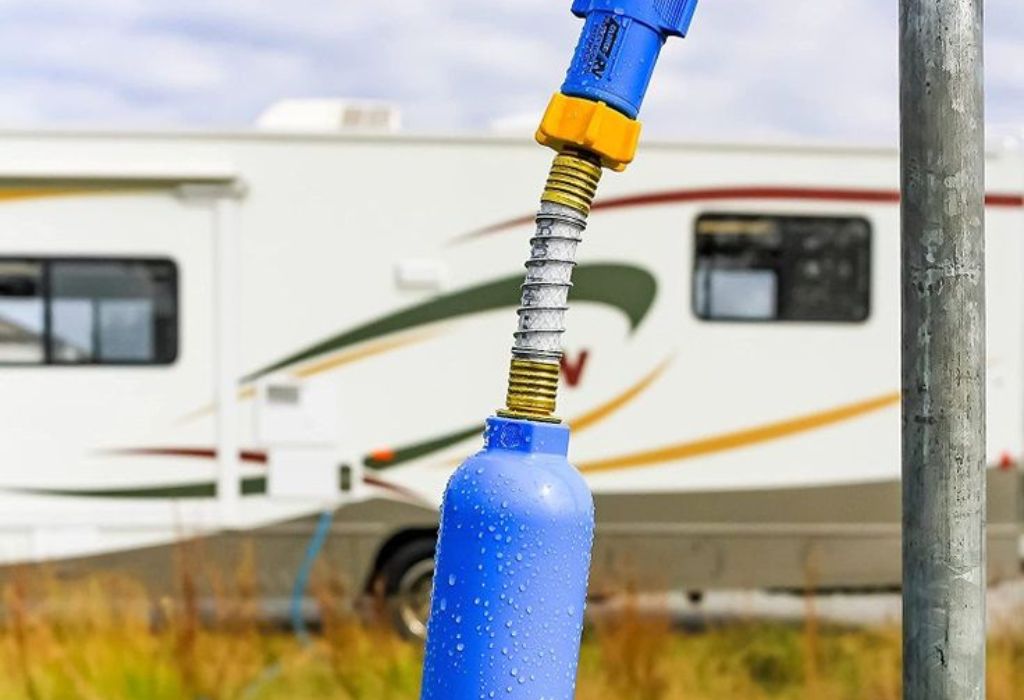
The RV industry is moving toward smarter, more eco-friendly sanitation systems. New products eliminate the need for bleach and manual flushing altogether.
Bleach-free tablets using peroxide-based cleaners are gaining popularity for their safety and convenience. UVC disinfection systems are also being integrated into RV plumbing, using ultraviolet light to kill 99.9% of bacteria instantly without chemicals.
Smart monitoring sensors can now track water quality in real time, alerting users when chlorine levels or flow rates drop below safe limits. These innovations make maintenance easier and safer for all types of RV owners.
Are bleach-free sanitizers effective?
Yes, they sanitize without residue or odor and are safe for all RV plumbing components.
What is a UVC system?
A small inline UV lamp that destroys bacteria and viruses as water flows through it.
Will future RVs have automatic sanitation cycles?
Yes. Some high-end models already feature app-controlled auto-flush and disinfect cycles.
Are these systems worth the investment?
For frequent travelers or full-timers, yes—they save time and ensure consistent water safety.
Conclusion
Knowing how to sanitize RV water system parts correctly ensures safe, clean, and fresh water for every adventure. Regular sanitizing prevents bacterial growth, eliminates odors, and extends the lifespan of your plumbing system.
Always use the right bleach ratio, follow step-by-step procedures, and never rush the flushing process. Maintain a twice-yearly schedule—or more often for full-time travel—to keep your system performing at its best.
A clean RV water system isn’t just about hygiene—it’s peace of mind on the road. The next time you prepare for a trip, take a few hours to sanitize your system properly, and enjoy every sip and shower knowing your water supply is truly safe.
I’m David R. Coleman, the founder, lead writer, and lifelong tool enthusiast behind GarageToolPro.com. With years of experience in automotive repair, woodworking, and home DIY projects, I created this platform to share practical tips, detailed tool reviews, and step-by-step guides that help mechanics, hobbyists, and homeowners get the job done right the first time.

